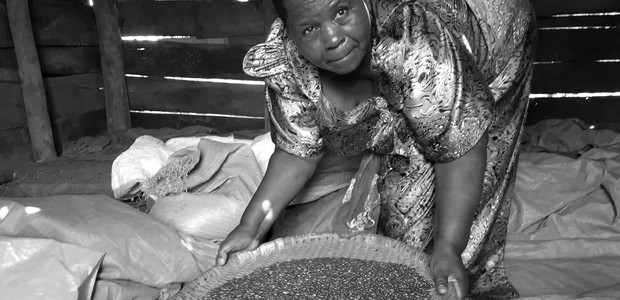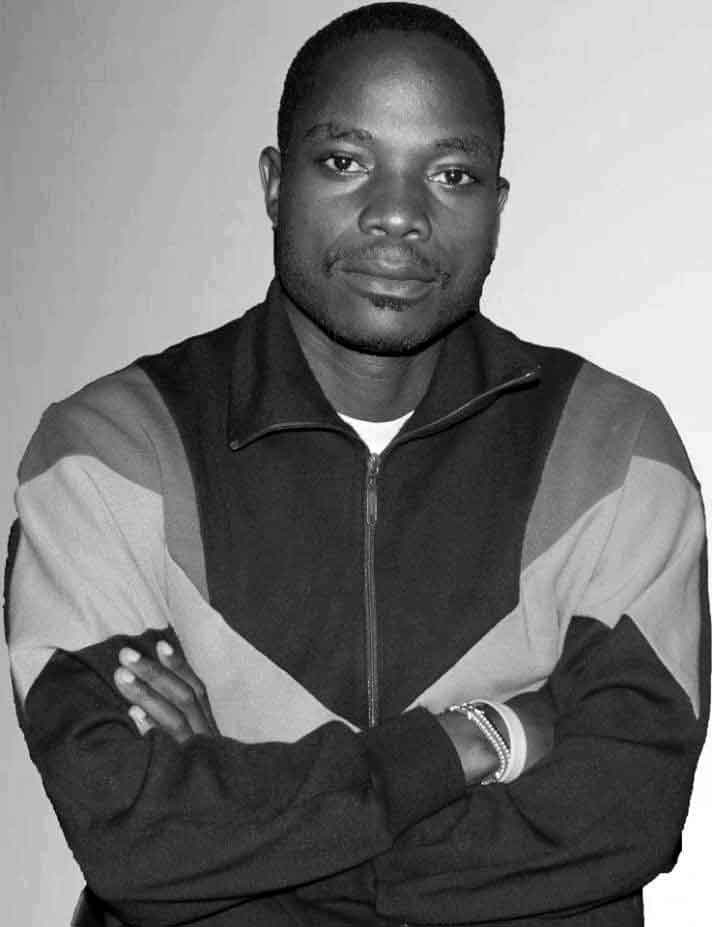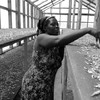Better beans

For many years, Jennifer Nakaye, from Kiboga District in Uganda, would spend more than two hours looking for dry wood branches for cooking. “We spent a lot of time in search of firewood. That time could have been used to plant vegetables and other crops on the farm or do business on the market. But because we have to eat, we had no shortcut but to waste time getting firewood,” said 61-year-old Nakaye.
Beans are consumed as the main source of protein in East and Central Africa. Beans, accompanied by matooke (cooked bananas), posho (maize porridge), cassava, sweet potatoes or rice, is the most common food for Nakaye and her family. However, beans take a long time to cook and consume significant amounts of charcoal or firewood, contributing to deforestation.
A survey carried out in Uganda a few years back showed that an average family consumed about 12 kilograms of beans per month, requiring around 288 kilograms of charcoal per year to cook them. That equates to about 864 kilograms of wood per year.
An important source of protein.
To address this challenge, the International Development Research Center (IDRC) and the Australian Centre for International Agricultural Research (ACIAR) introduced the precooked beans project through its Cultivate Africa’s Future Fund, a ten-year, CAD 35 million (USD 27 million) programme.
In Uganda and Kenya, the project is led by the National Agricultural Research Organisation (NARO) (Uganda), the Kenya Agricultural and Livestock Research Organization, and the Pan-Africa Bean Research Alliance (PABRA) to improve nutrition and address gender inequality in the bean value chain.
“Beans are an important source of protein, especially for low- and middle-income households. But consumption is limited by the high energy and water requirements for cooking beans as well as the long cooking time of two to three hours,” according to IDRC. In recent years, the rapid expansion of urban populations, rising incomes and the high energy cost have fuelled the demand for fast-cooking and processed foods.
View this post on Instagram
Nakaye is part of the programme and grows a new variety of beans called ‘Narobean One’ on a 1.2-hectare plot of land. She says since the beans were introduced, she and other farmers have saved a lot of time as the beans are easy to cook when they are still green. “We eat a lot of beans here, and unlike the other ordinary beans, this type cooks very fast. You can come from the farm, and with little firewood, the beans cook faster, and you eat your lunch on time,” she says.
To improve food and nutrition security, income generation and environmental conservation, the Cultivate Africa’s Future beans project has worked to promote the uptake of fast-cooking and precooked beans and to leverage public-private partnerships in Kenya and Uganda.
Eat your lunch on time.
The project’s first phase introduced high-iron and zinc bio-fortified bean varieties that can be processed into precooked beans that cook in ten minutes rather than the two to three hours previously required.
Over 10,139 tonnes of the seed of improved bean varieties were introduced over two years and used by over 10,000 farmers, of which half were women farmers. In addition, the participating farmers underwent training in good agricultural practices.
The initiative’s second phase (2018–2021) focused on scaling up from one to five products. The products developed in the second phase are quick-cooking beans, a ready-to-eat bean snack bar, quick-cooking bean flour, bean noodles and bean ‘chunks’ used as an ingredient in bread.
As a result of the project’s public-private partnerships, the project scaled up from one processor to five and the production of grains expanded from ten and four districts in Uganda and Kenya, respectively, to 15 districts in each country. Eight additional processors are in various stages of securing funding to set up factories. Two factories with a capacity to process at least 15 tonnes of precooked beans per day have been built and certified in Kenya.
“Before the project was introduced here in 2017, we mainly grew beans for food. But through training with NARO and CEDO [a local NGO], we realised that this type of bean is the most profitable crop. You can plant the beans and harvest them twice a year,” says Kaweesa George William, a farmer.
With the money he has made from selling beans, Kaweesa has bought a small plot of land in Kiboga town in the Western Region of Uganda, where he hopes to establish commercial bean farming. “When I was farming maize, the price per kilogram was around UGX 100 to 200. The beans are now sold for no less than UGX 2,000 per kilogram. That’s the good thing with beans. I have managed to pay my children’s school fees and take care of them without any difficulties.”
Nakaye harvests over 4,000 kilograms of beans a year, from which she earns around 8 million Uganda shillings (UGX), over USD 1,300. The proceeds from the beans have enabled Nakaye to educate her children at the college and university level, and she has been able to buy a commercial plot in Kakiri town near Kampala, Uganda’s capital, on which she plans to set up rental shops.
Together with her siblings, Nakaye has constructed an eight-bedroom family house through the proceeds from beans. “These beans have changed my life. Before, I could not earn UGX 10,000. But with these beans, I can earn one million shillings each planting season – or even more! I usually plant between 1.5 and two acres,” Kaweesa says.
As the farmers continue to profit from these varieties of beans, many will be able to change over to gas, solar or electric stoves. George Oketch from Wiga Village in Western Kenya says his family now spends little money buying charcoal, and they eat beans more often. “Initially, we cooked beans only twice a month, but now we eat beans three times a week”.
Beans have changed my life.
Although the project and the participating farmers have accomplished a lot, especially the COVID-19 pandemic challenged some farmers.
Many struggled with production in the last two seasons as lockdown measures saw many farmers unable to access farm inputs, and those with sick relatives were isolated. Others had to spend most of their income on caring for their family’s health.
In addition to these unexpected health costs, the price of beans fell. According to Isaac Mugagga, a project leader, this was due to overproduction and rollover stock from previous years. “Adapting contracts based on volume rather than prices seems to work better than fixing prices in advance. The contracting buyer offers market price plus a small margin to keep producers loyal,” says Mugagga, highlighting a possible way forward for farmers.
But the farmers remain positive. “We have been mobilising other farmers to start growing the beans by showing them where they can access quality seeds and demonstrating how we have benefited from our earnings. We said we could not abandon growing beans,” says Kaweesa, who plans to increase the size of his bean farm from two to five acres.
When the challenges around COVID-19 have lessened, Nakaye also wants to put more effort into growing beans. “Together, with other farmers, we want to increase production,” she says.





